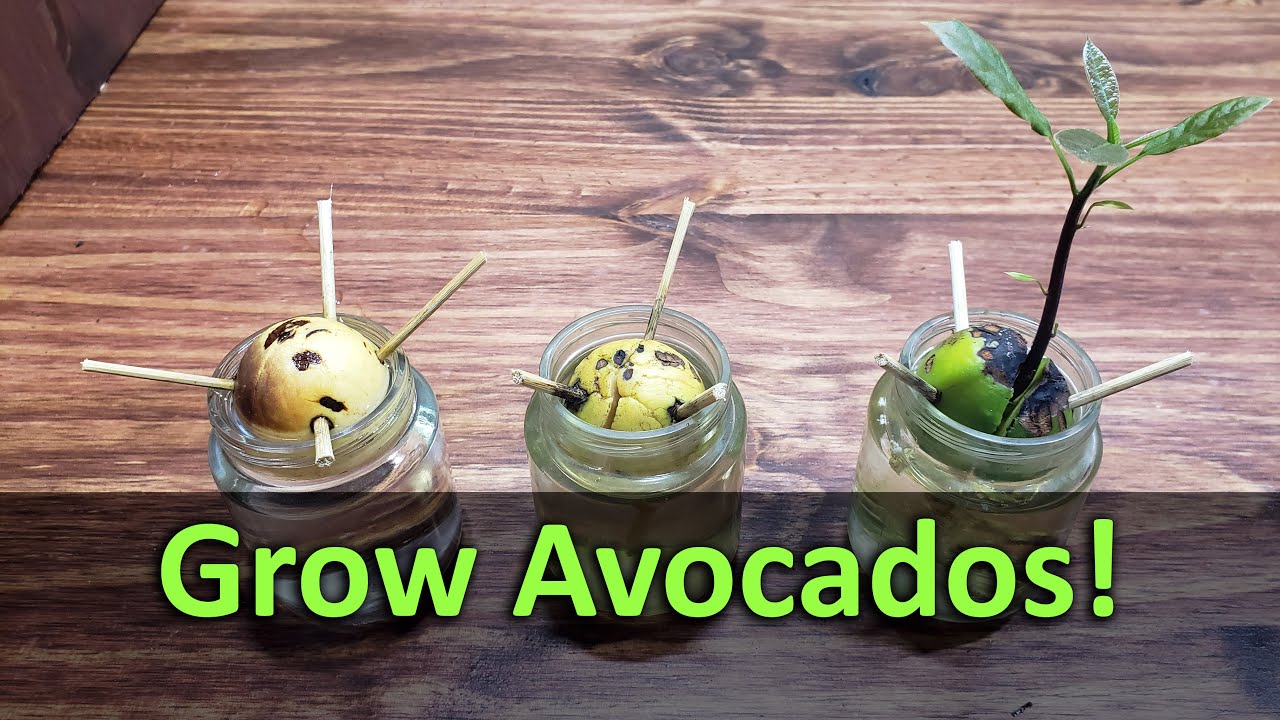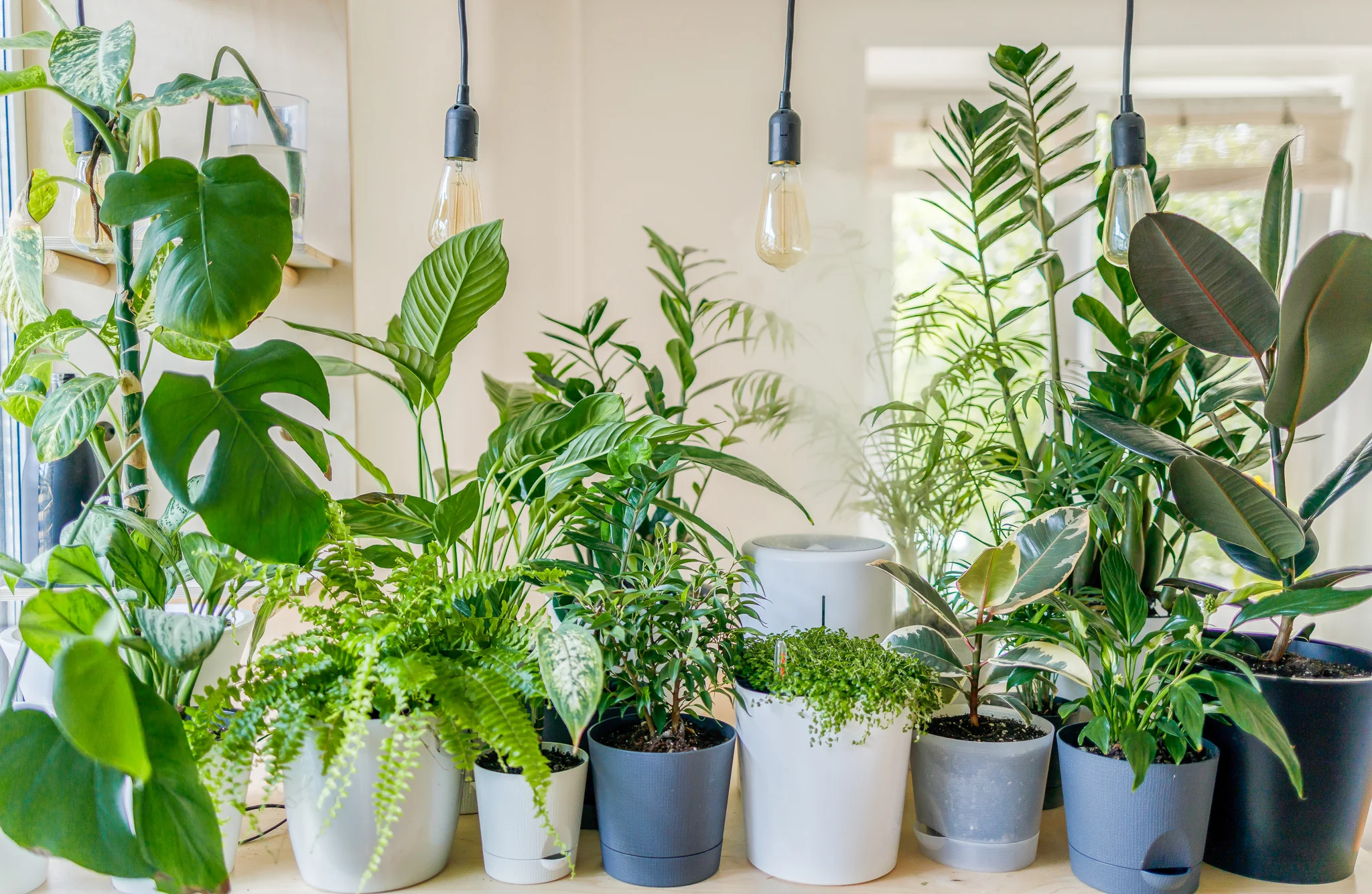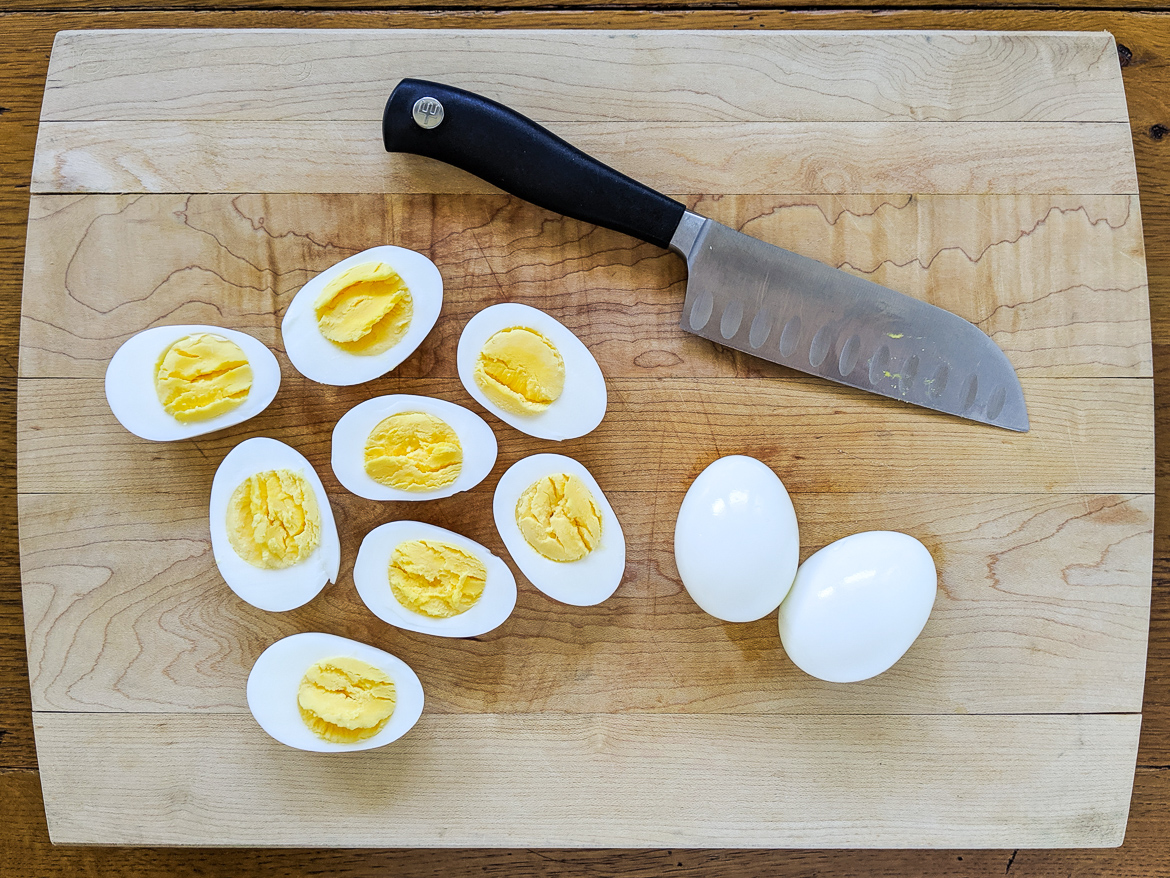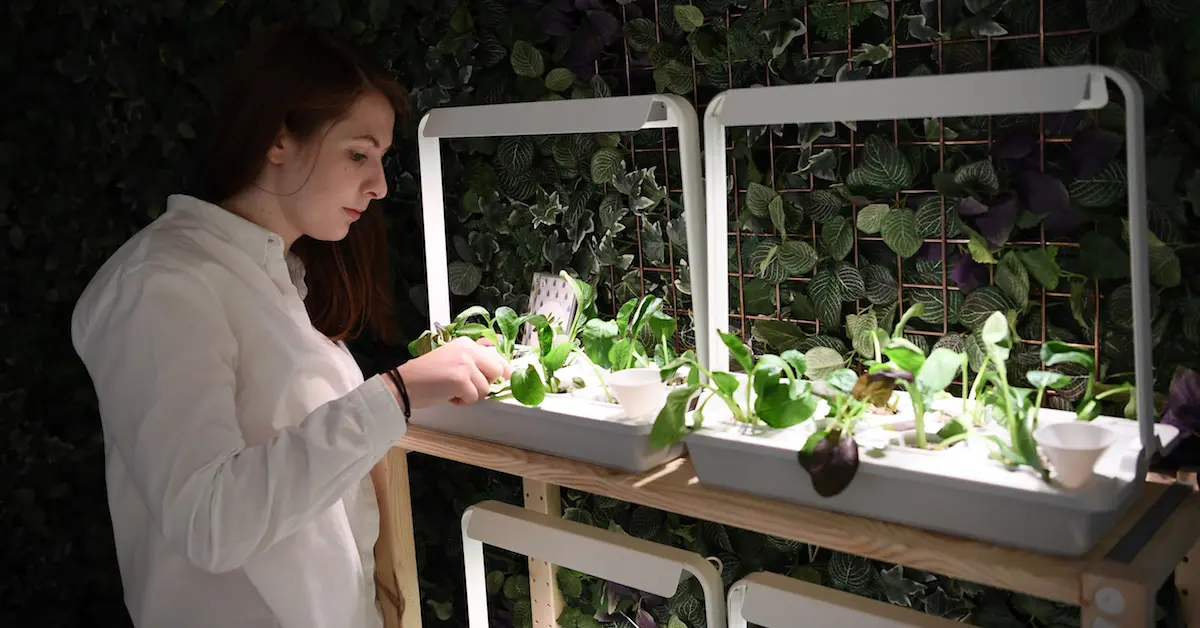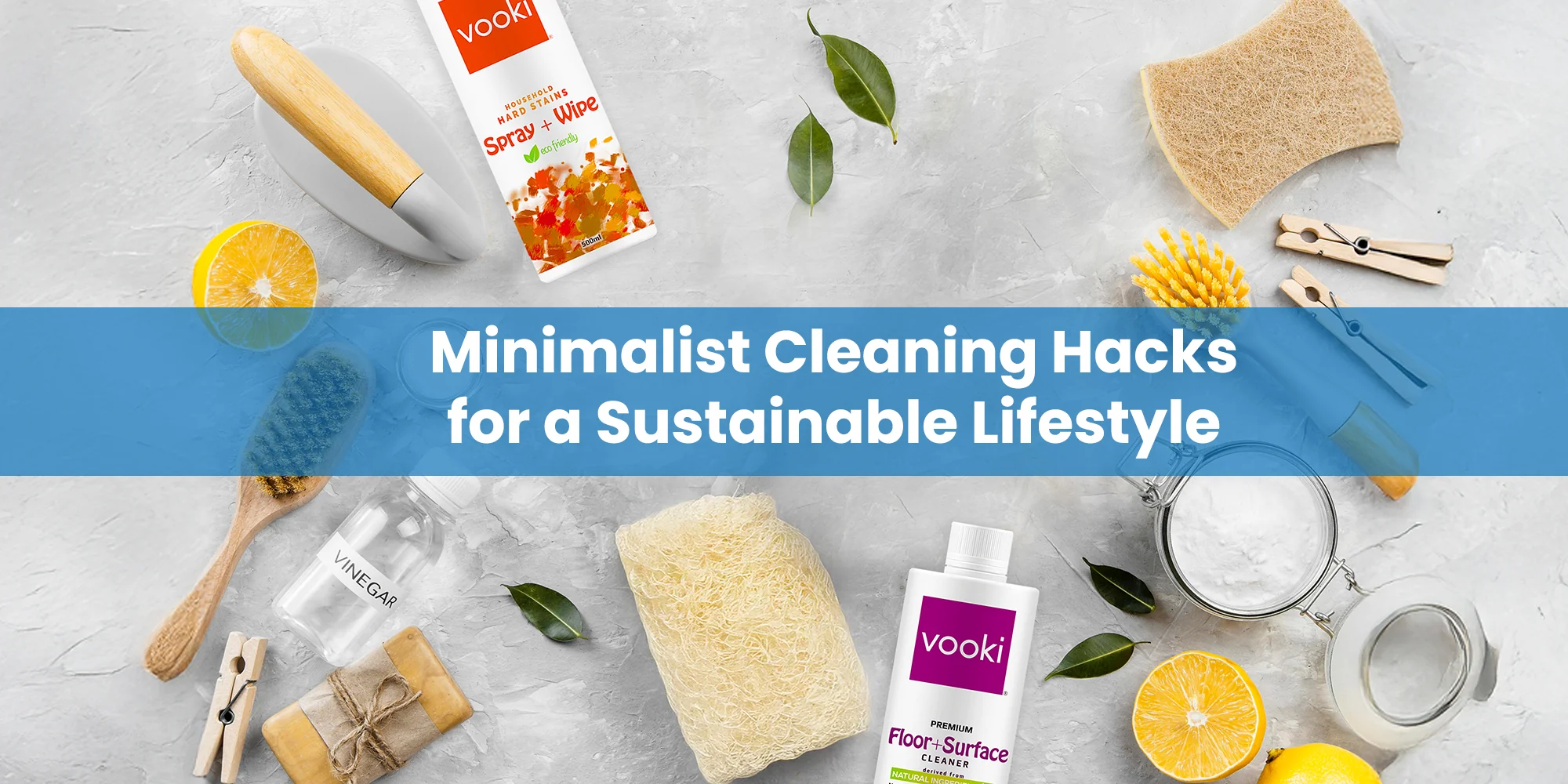Avocado is a rich, buttery fruit loved for its taste and nutrition. Growing your own avocado can be very rewarding. The tree gives shade and fruit. It also looks beautiful in a garden or large pot. This guide shows you how to plant, grow, and care for an avocado in India. The language is simple. Sentences are short. I cover varieties, soil, planting steps, care, pests, harvesting, and common questions.
Is avocado right for your space and climate?
Avocado trees like warm weather. They grow best in places with mild winters. In India, coastal and lower-elevation regions work well. Some parts of inland India can also grow avocado if winter frost is rare. Avocado trees do not like long, hard freezes.
If you live in a hot, dry place or an area with heavy frost, choose a container and move it in winter. For small gardens and balconies, dwarf varieties or young grafted plants are the easiest option.
Choose when and what to plant

Plant in spring or early monsoon. The soil will warm and the tree can establish before cooler months.
You have two main choices:
- Grow from a seed (avocado pit).
This is cheap and fun. A seedling grows slowly. Trees from seeds can take many years to fruit. Fruit quality may differ from the parent tree. - Buy a grafted sapling.
This is better for fruit production. Grafted trees flower and fruit sooner. They also keep the same fruit type as the parent. Buy saplings from trusted nurseries. Look for healthy, disease-free plants.
Varieties: Hass, Fuerte, Reed, and local cultivars are used worldwide. In India, choose varieties suited to your local climate and available in nurseries. Ask the nursery which cultivars do well in your district.
How to plant an avocado seed (if you want to try it)
- Clean the seed. Remove all fruit flesh.
- Let it dry for a day.
- You can start it in water or soil. For water method, insert 3 toothpicks into the seed and rest it on a glass so the bottom half sits in water. Change water every few days. Roots appear in 2–8 weeks.
- When roots are a few centimetres long and a sprout appears, plant the seed with the top half above soil. Use a good potting mix.
- Keep the soil moist and place the pot in bright, indirect sun.
- Move to a larger pot as the seedling grows.
Tip: Growing from seed is fun, but it may take 5–10 years to fruit, if it fruits at all.
Also Read Your First Plant-Based Meal: A Complete Beginner’s Guide to Healthy Indian Cooking
How to plant a grafted avocado sapling
A grafted sapling gives faster results. Here is the step-by-step method for planting in the ground or in a pot.
Planting in the ground
- Choose a sunny spot with light shade in the hottest months. Avocados like full sun but young trees appreciate some afternoon shade in very hot regions.
- Dig a hole twice as wide as the root ball. Keep the hole shallow; the root flare (where roots meet trunk) should sit slightly above ground level.
- Mix native soil with compost. Good drainage is key. If your soil is heavy clay, add coarse sand, compost, and organic matter.
- Place the tree in the hole. Spread the roots gently. Backfill with the mixed soil. Do not bury the graft union.
- Water deeply after planting. Mulch around the tree to retain moisture and keep weeds away. Keep the mulch a few inches from the trunk.
Planting in a pot
- Choose a large container. A 30–50 litre pot is a good start for young trees. A mature tree may need a much larger container.
- Use a free-draining potting mix: garden soil + compost + cocopeat + perlite or coarse sand.
- Plant at the same depth as it was in the nursery pot. Water well. Place the pot where it gets lots of light. Move indoors or to shade during extreme heat or cold.
Soil, drainage, and sunlight needs
Avocados need well-draining soil. They dislike waterlogged roots. Poor drainage causes root rot. If your soil is heavy, plant on a raised bed or mound. Add river sand, pumice, or perlite to improve drainage.
pH: Avocados like slightly acidic to neutral soil (pH 5.5–7). Most Indian garden soils fall in a workable range. Add organic matter to improve structure.
Sunlight: Avocados prefer full sun. Young trees need some protection from harsh afternoon sun and strong winds. Mature trees tolerate more sun but will still appreciate shelter in very hot regions.
Watering and mulching
Water deeply and infrequently. The roots like moisture but not constant saturation. For young trees, water 2–3 times a week in the first year in hot weather. Reduce watering as the tree matures. Test soil moisture: if the top 5 cm is dry, water.
Mulch with compost, dry leaves, or wood chips. Mulch keeps the soil cool. It slows evaporation and adds organic matter as it breaks down. Keep mulch a few centimetres away from the trunk to prevent rot.
Fertiliser and feeding schedule
Feed young avocado trees regularly. Use an all-purpose organic fertiliser or compost. A simple schedule:
- First year: light feeding every 2–3 months.
- 2–3 years: feed 3–4 times per year with balanced fertiliser and compost.
- Mature tree: apply more in spring and early summer when the tree flowers and sets fruit.
Nitrogen is important for growth. But avoid over-fertilising. Too much fertiliser can cause salt build-up and damage roots.
Foliar sprays of micronutrients such as zinc and iron can help if leaves show deficiency (yellowing between veins). If in doubt, get a soil test.
Pruning and training the tree
Prune lightly. Remove dead, damaged, or crossing branches. Shape the tree for good air flow and light. For container trees, keep a smaller shape and remove lower shoots to encourage a single trunk.
Do not over-prune. Avocado trees do not respond well to heavy pruning. Prune in dry weather to reduce disease risk.
Pollination and fruit set
Avocado flowers have a special flowering habit called A and B types. Many cultivars are A-type or B-type. Having one of each often improves pollination and yield. But many trees will still set fruit alone. Bees and other insects help pollination. Plant some flowering plants nearby to attract pollinators.
Fruit set can be affected by temperature, humidity, and tree health. Flower drop is common and normal if conditions are not ideal.
Harvesting and ripening
Avocado fruit does not ripen well on the tree. Pick fruit when it reaches full size and mature colour for the variety. For many varieties, fruit softens off the tree over days to weeks.
To ripen, keep fruit at room temperature. Place in a paper bag with a banana or apple to speed ripening. Once ripe, store in the fridge to slow down further ripening.
Yield: A mature healthy avocado tree can give many fruits each season. Expect several years for peak production.
Common pests and diseases (and solutions)
Root rot (Phytophthora)
This is the most serious disease. It comes from poor drainage. Prevent it by improving soil drainage. If you suspect root rot, reduce watering and improve soil aeration. Remove badly affected trees.
Anthracnose and fungal spots
Wet weather can cause leaf spots and fruit rots. Use good sanitation. Remove fallen fruit and debris. Ensure good air flow. Copper-based fungicides or organic sprays can help in problem cases.
Scale, mites, and aphids
These pests suck sap and weaken the tree. Use neem oil sprays or insecticidal soap for small infestations. Encourage natural predators like ladybugs.
Birds and animals
Protect young fruit with nets if birds are a problem.
Always prefer organic and cultural controls first. Use chemical controls only if necessary and follow label instructions.
Growing avocado in pots: special tips
Pots suit patio and balcony growers. Use a large, sturdy container. Choose a dwarf or semi-dwarf variety. Use free-draining potting mix. Water carefully—pots dry faster than ground. Feed regularly with liquid fertiliser. Repot every 2–3 years into a larger container to prevent root binding.
Remember: a large tree in a small pot will suffer and produce little fruit. Match container size to the tree age.
Rescue and care during extreme weather
- Summer heat: Mulch heavily. Water in the morning and evening. Provide shade cloth during heatwaves.
- Monsoon: Ensure good drainage. Do not let the root zone remain waterlogged. Elevate the pot if needed.
- Winter cold: Move potted trees indoors or to a sheltered spot. Wrap trunks of young trees in frost-prone areas. Use cover cloth on cold nights.
Companion planting and landscaping ideas
Avocado trees pair well with flowering plants that attract pollinators. Plant native flowers or herbs. Avoid planting other deep-rooted trees too close. Keep space for the avocado’s root zone, which can spread wide.
Common mistakes to avoid
- Planting in heavy clay without improving drainage.
- Overwatering young trees.
- Planting too deep; burying the graft union.
- Using a pot that is too small long-term.
- Expecting quick fruit from seed-grown trees.
FAQs (quick answers)
Q: How long until an avocado tree fruits?
A: Grafted trees often fruit in 2–4 years. Seed-grown trees may take 5–10 years or more and may not match the parent fruit.
Q: Can avocado grow in a balcony pot in India?
A: Yes. Use a large pot, proper potting mix, and a dwarf/grafted plant. Move it during extreme weather.
Q: Do I need two avocado trees to get fruit?
A: Not always. One tree can produce fruit, but yields often improve with both A and B type cultivars nearby.
Q: How much space does a full avocado tree need?
A: In the ground, allow at least 6–10 metres between trees for full-sized varieties. Dwarf varieties need less space.
Q: What is the best soil for avocado?
A: Well-draining, loamy soil with good organic matter. Slightly acidic to neutral pH is ideal.
Final words
Growing an avocado is a patient but rewarding project. Choose a grafted sapling if you want earlier fruit. Use well-draining soil and avoid waterlogging. Feed and mulch for healthy growth. Protect young trees from extreme heat and cold. With basic care, your avocado tree can become a valuable and attractive part of your Indian garden or balcony. Enjoy the process and the first creamy avocado you harvest from your own tree.

